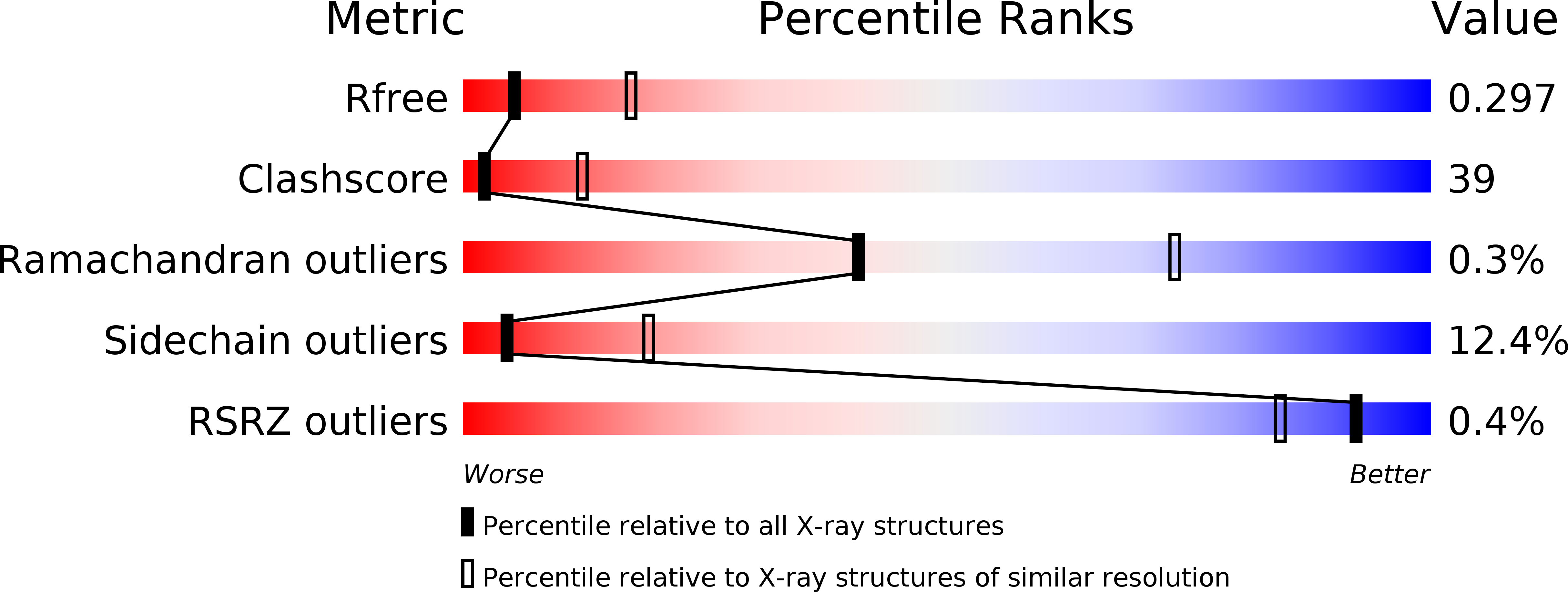
Deposition Date
2013-03-25
Release Date
2013-05-29
Last Version Date
2024-02-28
Entry Detail
PDB ID:
4JVG
Keywords:
Title:
B-Raf Kinase in Complex with Birb796
Biological Source:
Source Organism:
Homo sapiens (Taxon ID: 9606)
Host Organism:
Method Details:
Experimental Method:
Resolution:
3.09 Å
R-Value Free:
0.29
R-Value Work:
0.23
R-Value Observed:
0.23
Space Group:
P 1 21 1


